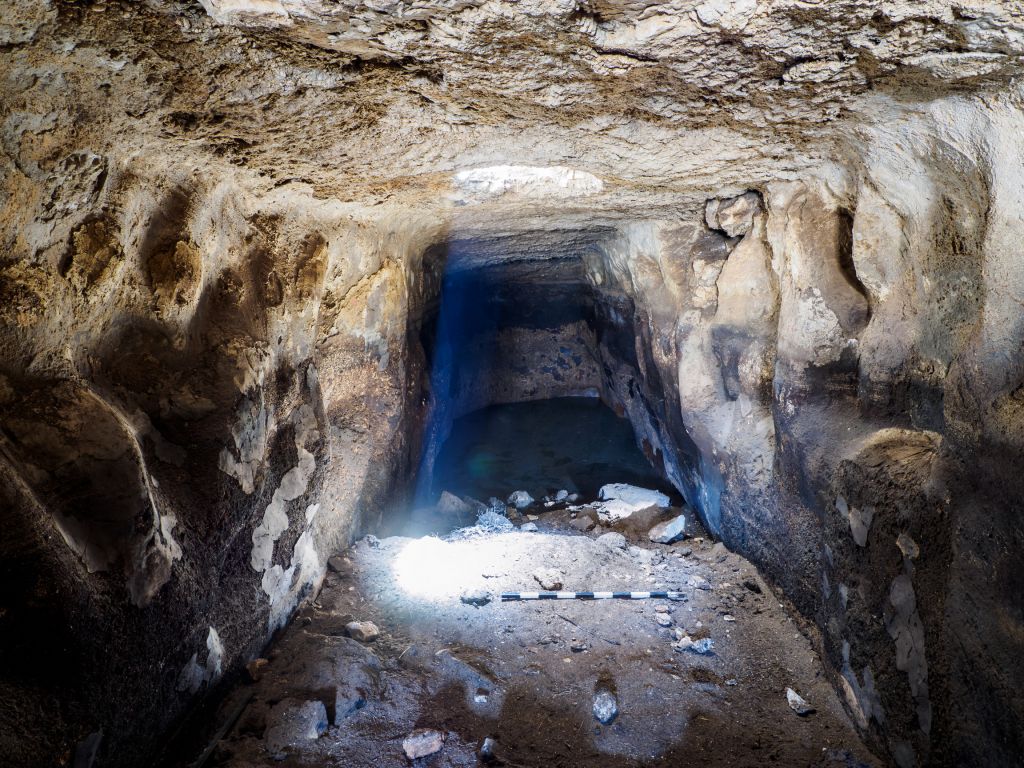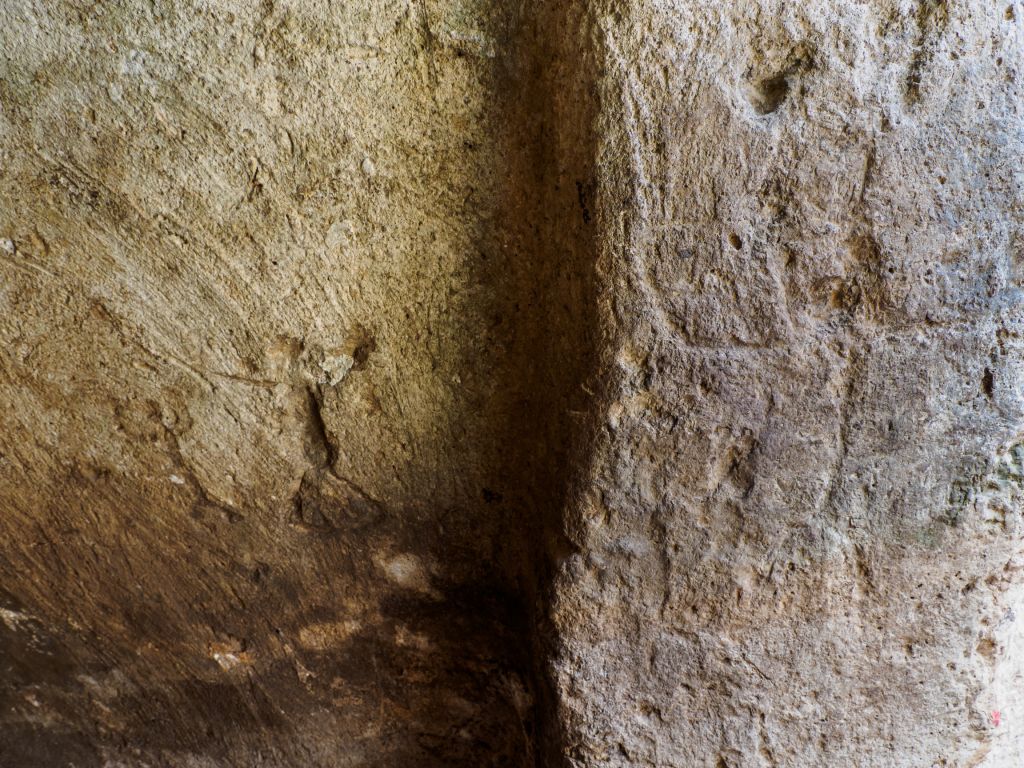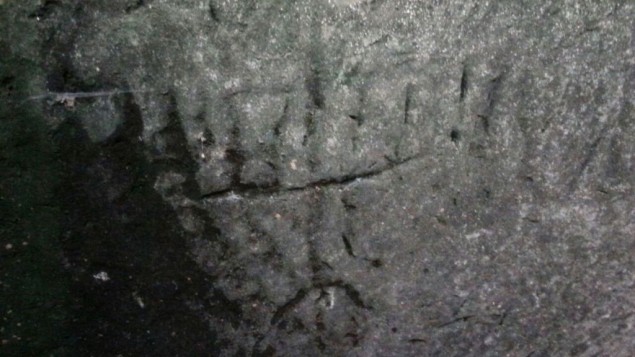During an archaeological dig near Rosh Ha’ayin in central Israel, archaeologists discovered a well-preserved 2,700-year-old reservoir from the Assyrian period.

It is believed the reservoir was built by the Assyrians, following the destruction of the First Temple and the Kingdom of Israel. Incredibly, despite being so long ago, human engravings carved into the rock are still visible.
Director of excavations at the Israel Antiquities Authority Gilad Itach said, “On its walls, near the entrance, we identified engravings of human figures, crosses and a vegetal motif that were probably carved by passers-by in a later period. Overall, we identified seven figures measuring 15-30 cm. Most have outstretched arms, and a few appear to be holding some kind of object.”

The IAA has plans, in cooperation with the Ministry of Construction and Housing, to create an open archaeological site that will be accessible to the public.
Yet, this was not the only ancient discovery found in Israel in the last few months. Around Hanukkah, Israeli spelunkers discovered an ancient menorah etched into the limestone walls of an ancient cistern.

After being studied by the Israel Antiquities Authority, it was determined that the menorah was likely carved sometime during the Second Temple period, about 530 BCE to 70 CE. The engraving is just one of many examples showing the strong Jewish connection to the Land of Israel.
Contributed by Daniel Kosky, CAMERA Intern

